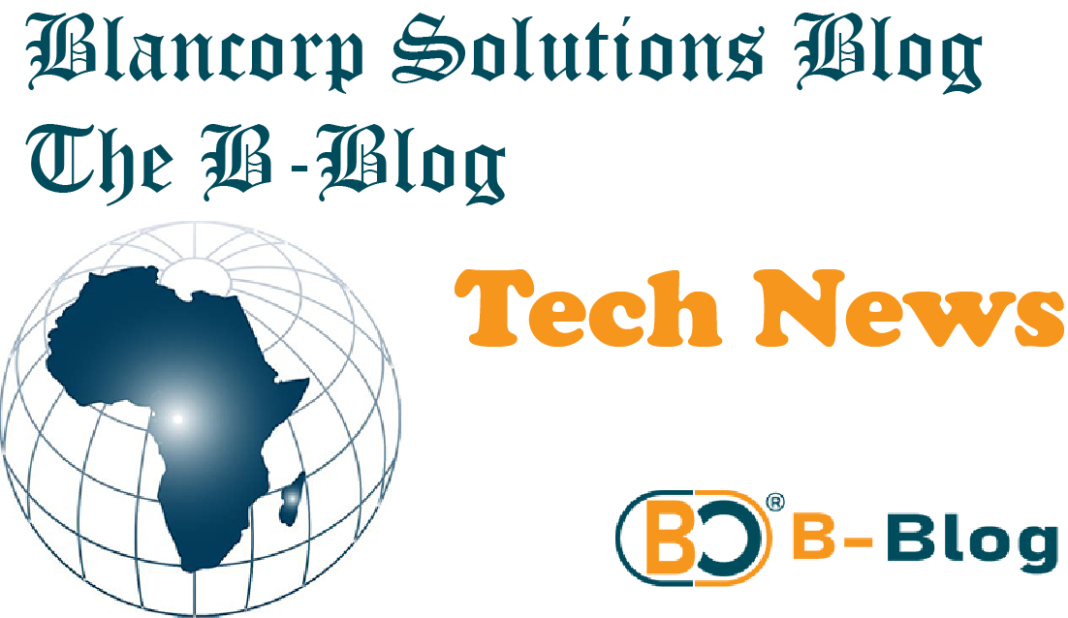Reading about Microsoft’s new free Extended Security Updates tier made me reflect on how cybersecurity disparities affect organizations worldwide. The announcement means qualifying organizations can now receive critical security patches for outdated Windows systems without paying extra fees. For those unfamiliar, Extended Security Updates (ESUs) are special patches Microsoft provides after official support ends for older operating systems.
This move matters most for schools, non-profits, and small businesses operating with limited budgets. When Microsoft ends regular support for systems like Windows 10, devices become vulnerable to newly discovered threats. Previously, only organizations that could afford premium subscriptions received ongoing protection. Now, Microsoft acknowledges that security cannot be exclusively for those who can pay.
Consider a technical college in Nairobi still running Windows 10 on aging computers. Upgrading hardware and software licenses might consume their annual IT budget. Without these free updates, they would face impossible choices: risk cyberattacks or divert funds from educational programs. Similar scenarios play out across Southeast Asia and Latin America where legacy systems remain widespread.
Three immediate actions for eligible organizations:
- Check Microsoft’s end-of-support documentation to verify eligibility requirements
- Audit existing devices to identify systems needing these updates
- Implement compensating controls like network segmentation for unprotected devices during transition
While valuable, this solution has limits. Extended Security Updates provide temporary protection, not indefinite security. Organizations must still plan migrations to supported systems. The updates also cover only specific vulnerabilities, leaving legacy systems exposed to other risks.
Microsoft’s decision reflects growing recognition that cybersecurity impacts societal stability. As noted in The Register’s coverage, this initiative aligns with increasing pressure on tech companies to address global digital inequities. When critical infrastructure hospitals in Malawi or municipal offices in Indonesia remain vulnerable, everyone’s security suffers.
Practical steps for all organizations using aging systems:
- Prioritize upgrading internet-facing systems first
- Use Microsoft’s Security Update Guide to track patch releases
- Combine these updates with strict access controls and monitoring
Seeing major vendors address security accessibility represents progress. However, true resilience requires sustainable approaches. Organizations benefiting from these updates should simultaneously develop migration plans. Governments could incentivize upgrades through tax credits or subsidy programs.
The cybersecurity community should monitor how this free tier performs in real-world environments. If successful, it might encourage similar programs from other vendors. Protection from known vulnerabilities should not depend on organizational budgets, especially for essential services.
This development reminds us that security evolves through both technology and policy. While no single solution eliminates risk, bridging the protection gap for vulnerable institutions makes the digital ecosystem safer for everyone. The real test will be how effectively these updates reach the organizations that need them most.

